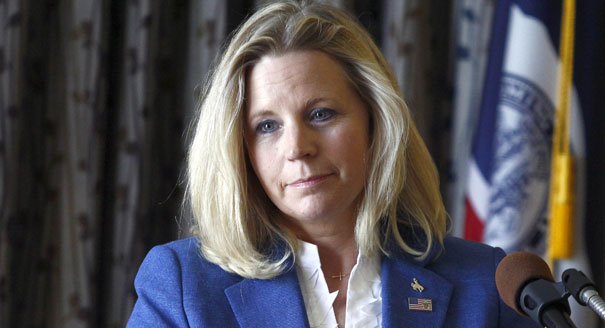
October 15, 2020
The University of Wyoming will move to the next stage of its COVID-19 testing program Monday, Oct. 19, stepping up efforts to limit the spread of the virus and maintain in-person student experiences as outlined in UW’s phased fall semester plan.
Beginning Monday, UW students who spend any time on campus will be required to be tested twice per week, up from the current practice of once per week. And all UW employees on campus who aren’t able to maintain physical distance will be tested once per week, rather than the sampling of employees being done at present.
As a result, the total number of tests administered weekly is expected to rise from about 6,000 at present to 15,000, making UW’s testing program one of the most robust among universities in the nation.
“Our commitment to testing, tracing and isolation/quarantine has made it possible for us to have on-campus experiences and avoid the huge spikes in COVID-19 infections being seen at many universities around the country,” UW President Ed Seidel says. “Still, there have been increases among the UW community and in Albany County, and the enhanced testing will allow us to limit the spread of the virus as much as possible — as well as increase the chances of us completing the fall semester as planned.”
The testing regimen beginning Monday will combine saliva-based testing through Vault Health with an additional saliva-based testing program using UW’s Wyoming State Veterinary Laboratory (WSVL), called the Laboratory Developed Test (LDT). Students and employees will receive emails to schedule appointments to provide saliva samples at multiple sample collection sites, including the Wyoming Union East Ballroom and Crane Hall.
Those who receive initial potentially positive test results under the LDT will receive emails directing them to take confirmatory saliva-based tests — and to shelter in place until they receive negative test results. The site for confirmatory tests will be the Rendezvous Café location. The LDT is a precursor to UW’s plans for full surveillance testing later this semester through the WSVL, which will allow for faster results.
“Compliance by our students, faculty and staff is essential for the testing program to be effective,” Seidel says. “The vast majority of our students and employees have responded to our calls for testing compliance, and that will have to continue to be the case as we enter this next stage. We ask everyone to watch their UW email accounts closely and follow the directions they receive in their individualized testing communications.”
Students and employees who don’t comply with the testing requirement will face corrective actions starting with denial of entry to campus and, if a student or employee enters campus while not in compliance, progressive measures as outlined in the Student Code of Conduct and UW’s employee handbook will be enacted. Exceptions to the testing requirement may be submitted on the UW COVID-19 testing resources webpage at www.uwyo.edu/hr/covid-19-testing-resources/index.html.
The testing program is being administered in accordance with UW’s COVID-19 policy, which requires wearing of face protection on campus, except when in private spaces; physical distancing; use of the COVID Pass tool; regular testing; and enhanced cleaning measures across campus.
As of Wednesday, there were 108 active cases of COVID-19 among UW students and employees — detected through bridge testing, testing by UW Student Health Service and external providers. They consist of 75 students living off campus and 33 students living on campus; no active cases were reported involving UW employees.
Some 84 people are in 14-day quarantine due to exposure to infected individuals — 29 on campus and 55 off campus. The total number of COVID-19 cases among UW students and employees since the pandemic began is 559.
UW’s administration will continue to monitor data daily in accordance with the university’s updated COVID-19 indicators and tactics for the fall return plan. These allow for UW to respond quickly to outbreaks of the virus in certain programs and facilities at the university with targeted interventions to limit the spread of the virus.
During Phase 4 of the fall semester, scheduled Nov. 23-Dec. 11, all courses and final exams will be conducted online. Students will leave the residence halls, except for those granted exceptions. Campus buildings will shift to restricted access, and the surveillance testing program will continue for those remaining on campus.
Under the phased return plan approved by the UW Board of Trustees during the summer, the university also has adjusted the schedule for the spring semester as a result of the COVID-19 pandemic. The semester will start Jan. 25, a week later than had been planned, and there will be no spring break — to help minimize the risk of viral transmission that would be caused by students leaving campus and then returning.
However, there will be no classes on Presidents Day, Feb. 15.
“We recognize that, from a mental well-being standpoint, a three-day weekend isn’t the same as a weeklong spring break,” Interim Provost Anne Alexander says. “However, it appears likely that the pandemic situation in the spring will be similar to the present. Like many other universities across the country, we believe this schedule change is a prudent move to help preserve our on-campus experience.”



